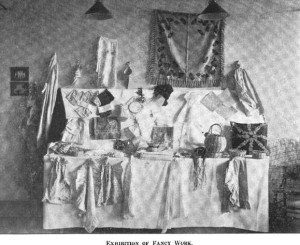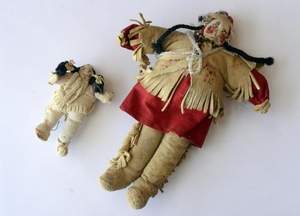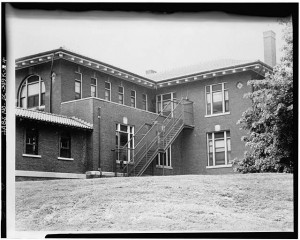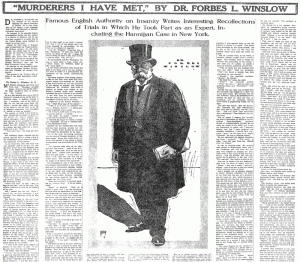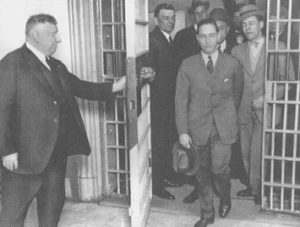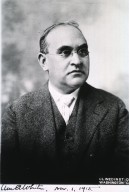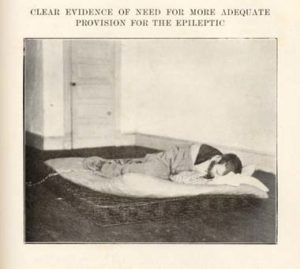
Photos Showed What Words Could Not
Though many patients felt they didn’t get enough visitors, and others didn’t like being treated as entertainment for the thrill-seeking public (see last blog), certain visitors were supposed to help asylum patients. Most states set up a Lunacy Commission whose job it was to visit and inspect the state’s insane asylums. These appointed personnel were supposed to go through the facilities and ensure that patients were being treated humanely. They were also charged with reviewing the superintendent’s management and suggesting changes for the benefit of the institution; this oversight could include reviewing the asylum’s financial records and expenditures. The Government Hospital for the Insane, later St. Elizabeths, was an exception in that it was overseen by a Board of Visitors who performed much the same function.
Most asylums were not at all afraid or ashamed to have their finances reviewed. Many superintendents were proud of their fiscal management and also grateful for numerous charitable contributions such as newspaper subscriptions, special entertainments, gifts of furniture, and the like. They enjoyed showing off the productivity of their patients in terms of food raised, garments sewed, etc. However, superintendents realized that all patients did not present well, and usually took pains to ensure that visiting officials saw their institutions at their best. Most asylums kept the calmer, better-behaved patients in wards closer to the administrative offices. Recovering patients often moved from ward to ward as they got better, and eventually ended up in one of these more public wards. When visitors saw such patients, who were often nearly recovered or had minor illnesses to begin with, they were reassured. Any cruel treatment, confinement, and restraint generally occurred on wards which were not shown to the public. This is one reason that patient abuse could thrive despite the oversight built into the asylum system.
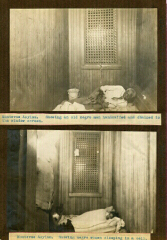
Montevue Asylum, African-American Ward
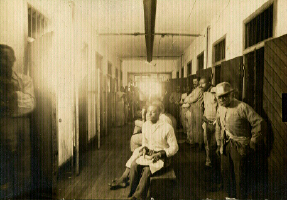
Montevue Asylum in Maryland, 1909, Photographed by the State’s Lunacy Commission



